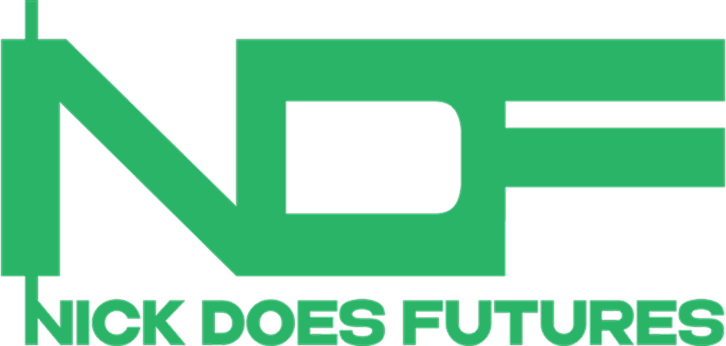Introduction
Trading evaluations (evals) can feel like a hurdle, but with the right risk strategy, they don’t have to drain your time, money, or energy. Many traders make the mistake of treating evals like a live funded account, dragging the process out and ultimately paying more in renewals. Instead, a smart approach is to use structured, aggressive risk management to either pass quickly—or fail quickly—so you can move on without wasting weeks in limbo.
Here’s how I approach different types of drawdowns: end-of-day, static, and intraday trailing, along with some psychology tips to keep your mindset sharp.
End-of-Day Drawdown Strategy
For futures accounts with an end-of-day drawdown, risk resets daily and isn’t static. My goal here is to give myself 1–4 trades maximum to either pass or fail.
Example: On a $50K account with a $2,000 drawdown, I risk between $1,000–$1,500 per trade.
If I risk $1,500 and target a 2R return, that’s $3,000—enough to pass in just one trade.
If the account has a consistency rule, simply cut risk in half. Instead of $1,500 risk, go with $750 per trade to spread profits across two sessions.
If I lose a $1,500 trade, I’ll scale down to $500 risk until I recover near breakeven, then size back up for another strong attempt.
This balances aggression with control, keeping the focus on efficiency.
Static Drawdown Strategy
With static drawdown accounts, the buffer doesn’t move. For example, on a $100K account with a $90K static drawdown, the floor is always $90K.
I risk about $500 per trade, which gives me roughly four attempts before failing.
I prefer trading micros instead of a single mini, as it lets me scale partials at 2R and push for extended profits.
Static accounts are rare in futures (more common in Forex), but when available, this method ensures fast results without unnecessary grinding.
Intraday Trailing Drawdown Strategy
This applies to Apex and similar firms that use trailing drawdowns. These accounts can be cheap—especially during Apex’s frequent discount promos—but they’re also tricky.
My strategy:
Set up bracket orders around high-impact news (CPI, NFP, FOMC).
For bullish anticipation: place a buy stop ~15 points above current price a minute before news. As price rips, I get triggered in, then scale out with sell limits above.
For bearish setups, simply reverse the logic with sell stops.
The key here is using volatility as leverage, since slow grinding strategies often get clipped by the trailing drawdown.
If you’re already profitable, this approach works well. If not, I wouldn’t recommend these accounts as they can encourage bad habits.
Psychology of Passing Evals
The mental side of trading evaluations is just as important as the strategy:
Think of the eval fee as the real risk—not the account size. For example, a $49 Topstep eval = $49 risk. That’s about $1 per trade if you give yourself 50 trades, or $12 per trade if you’re passing in four.
Don’t treat failing an eval as a reflection of your long-term potential. I’ve failed many evals, and so have most funded traders.
Taking an aggressive approach makes sense if you already have a proven strategy. Pass quickly or fail quickly, but don’t waste time paying renewals to prop firms who love dragging traders along.
Final Thoughts
Evaluations are just a means to an end—not a measure of your worth as a trader. Use the right risk strategy for the account type, keep your psychology in check, and treat the fee as your true cost. If you’re profitable, go aggressive and pass fast. If you’re still learning, take your time, trade small, and build your system.

